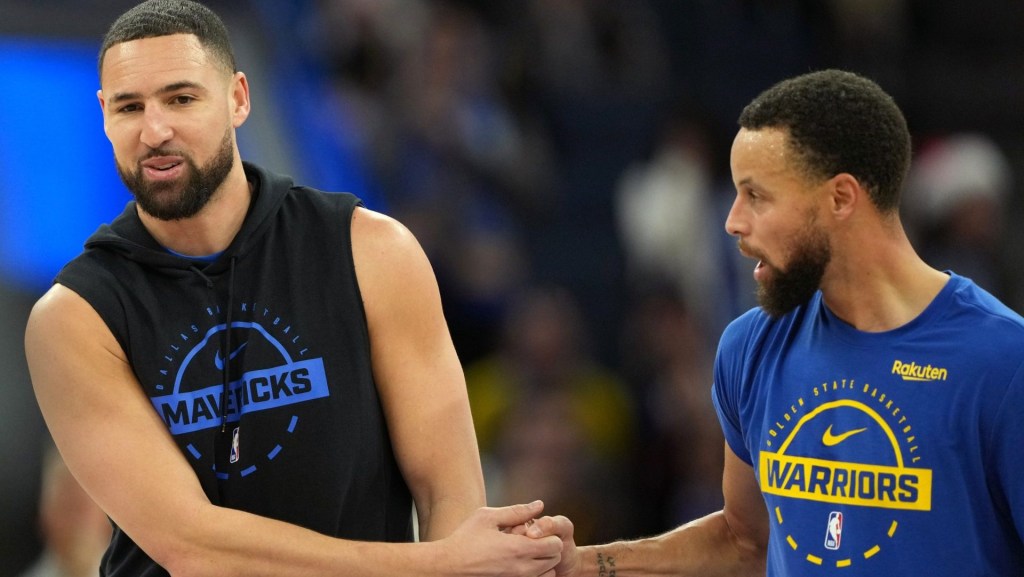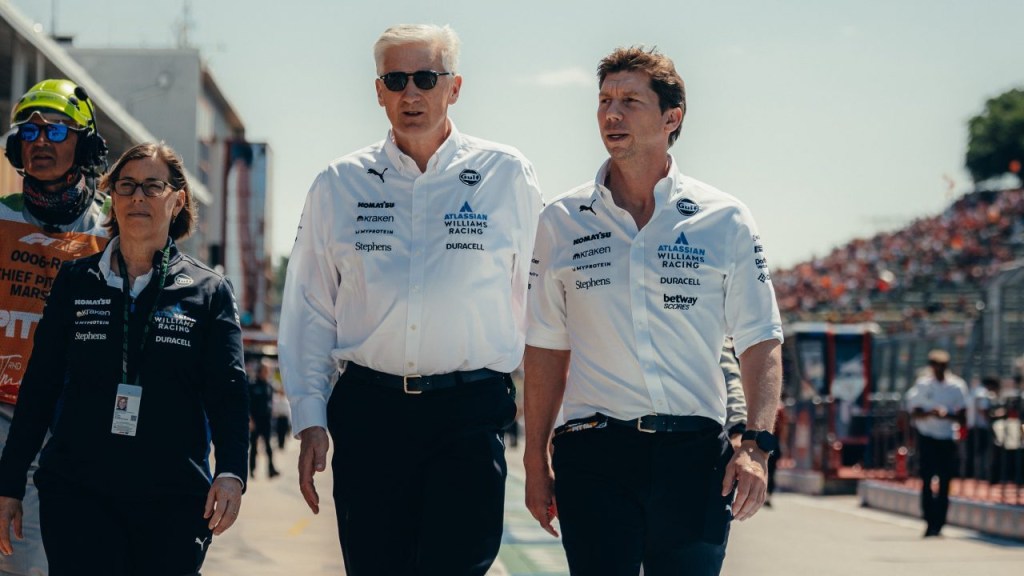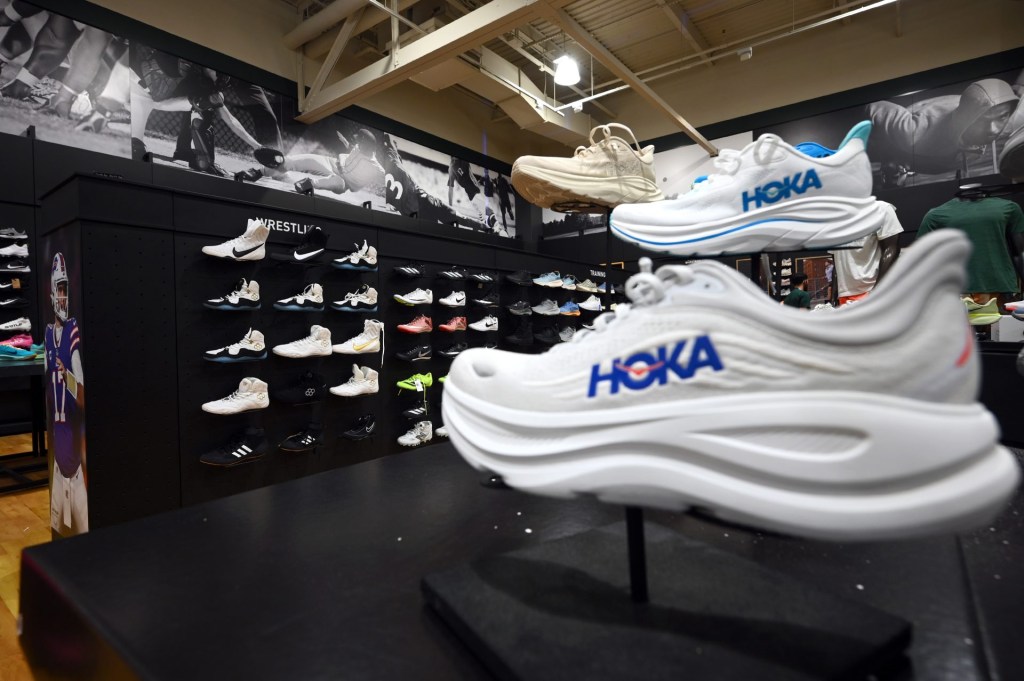After several quarters of negative earnings reports, Under Armour appears to be inching toward a rebound.
The sports apparel company announced an increased profit outlook in its fiscal second-quarter 2025 earnings Thursday.
Revenue dropped 11% to $1.4 billion, which was in line with company expectations and slightly higher than Wall Street’s expectations of around $1.38 billion.
The Baltimore-based retailer reported an increase in gross margin to nearly 50%—“meaningfully ahead” of Wall Street’s expectation of 48.2%, according to a Truist note. It also raised its full-year outlook for gross margins, driven primarily by reduced promotions and discounting in the direct-to-consumer business, and a favorable channel mix.
It also lifted its guidance for the year, now projecting an operating loss of $176 million to $196 million, compared with a prior forecast of $220 million to $240 million.
Under Armour (UAA) shares surged more than 30% in morning trading.
“Our second quarter fiscal 2025 performance demonstrates that our strategy to reconstitute the Under Armour brand and establish a more premium position in the marketplace is gaining traction,” Under Armour CEO Kevin Plank said in the earnings statement.
Plank retook the reins at UA on April 1, after former CEO Stephanie Linnartz stepped down after just one year. Plank founded the company in 1996, and he served as CEO for more than 20 years. He took a different position in January 2020 as UA’s executive chair and brand chief.
Plank has been determined to improve the ailing brand, and he has focused on rectifying areas of the core business, including pulling back on major discounts.
The company has stated it intends to continue its traditional focus on “performance athletic apparel,” though it has struggled to compete with high-profile athlete and team sponsorships enjoyed by competitors like Adidas and Nike, according to some analysts. Under Armour has an endorsement deal with NBA star Steph Curry.
Still, Plank expressed optimism. “We are a fundamentally stronger business today with increasingly better execution across key dimensions,” Plank said.

















